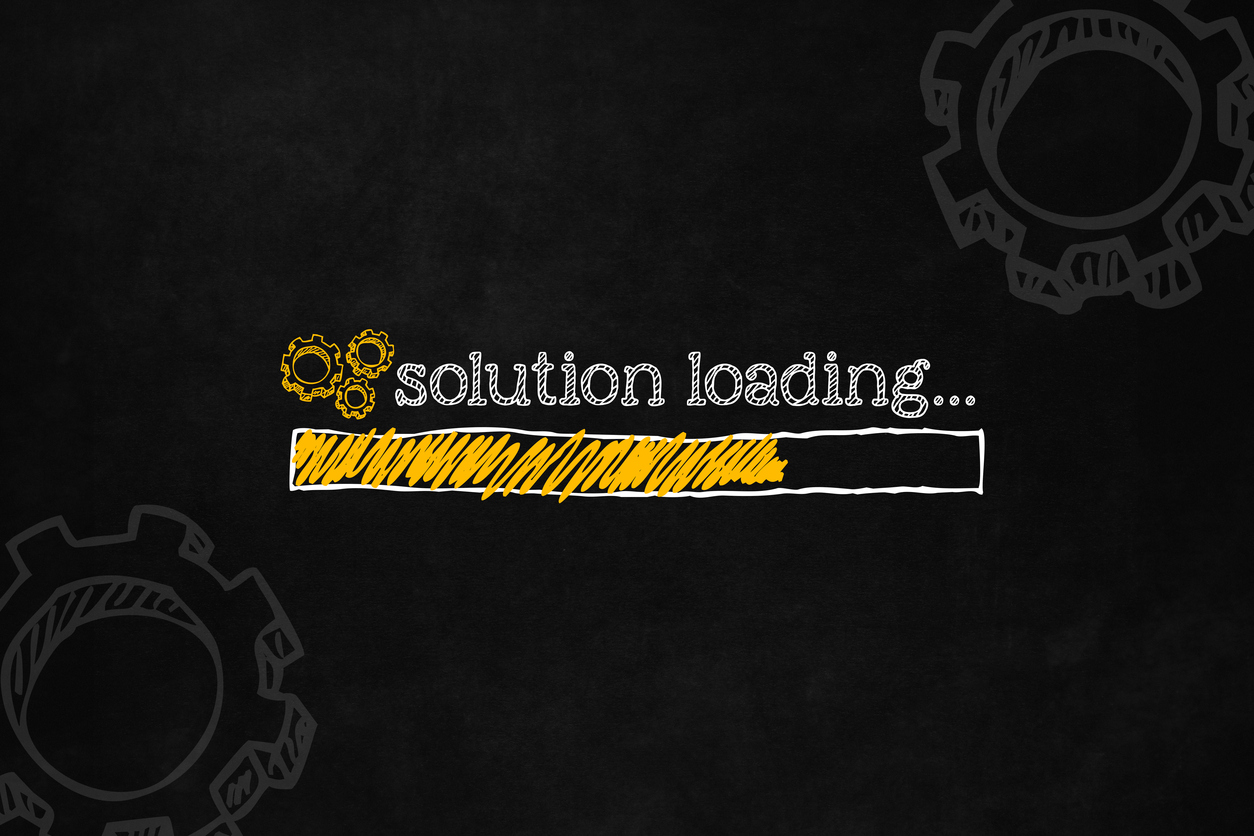
It’s safe to say that most businesses will experience some kind of an emergency affecting operations during their lifetimes—in some cases, maybe even severe. In fact, 20% percent of small to medium businesses will suffer a major disaster causing loss of critical data every 5 years.
And while not every business will experience a disaster on the magnitude of a violent attack or a Category 4 hurricane, there are plenty of smaller disruptions that can threaten data, cut off communications, and ultimately affect bottom lines. Regardless of the threat, it’s imperative to have both Disaster Recovery (DR) and Business Continuity (BC) plans in place so you’re fully prepared to get back up and running as quickly as possible.
The difference between BC and DR
While organizations of all kinds are increasingly devising disaster recovery (DR) plans to protect their data, they should also be thinking about business continuity (BC)—a term often used interchangeably with DR, but serving a larger purpose.
Business continuity (BC) generally refers to the overarching plan of a business for how to maintain or recover normal business operations during any kind of emergency like a widespread weather event or short-term power and carrier outages.
A BC plan is business-centric, asking:
- How well are we equipped to handle a disaster?
- What should be restored first to keep the business running?
- What do our partners and vendors need from us to stay assured?
- How are we able to maintain customer communications during an outage?
In addition to data and IT, a good BC plan will also account for what might happen to staff, facilities, and customers during a disaster. To be fully prepared, these plans typically require a two-pronged approach, providing both “an always-on infrastructure for running critical applications on-premises and a good backup and disaster recovery plan in case an unforeseen incident affects the primary site.”
Meanwhile, disaster recovery is primarily concerned with a business’s data and IT infrastructure. In particular, DR focuses on backing up applications and networks, as well as the restoration of data, either via a cloud-based service or at an offline facility. DR uses a combination of hardware and software to maintain data in multiple locations so that the loss of one means data and business-critical applications can be recovered and accessed on-demand from the secondary or other failover locations.
A full-coverage plan
Successfully maintaining normal operations in the event of a disruption requires having both an overarching business continuity strategy and a well-crafted disaster recovery plan in place. Businesses choosing to only address one aspect of BCDR run the risk of being underprepared when disaster hits, as the potential for business disruptions today is greater than ever.
From failing building systems and facility fires to natural disasters and local emergencies, there is a multitude of unpredictable hazards that can bring some or all aspects of a business to a standstill. While outages and interruptions may be unavoidable, investing the time and effort into evaluating every process, employee role, and how mission-critical technologies are connected can be the difference between experiencing data loss and profit-killing downtime that drives customers away or a minor inconvenience that’ll be long forgotten in a matter of days.
